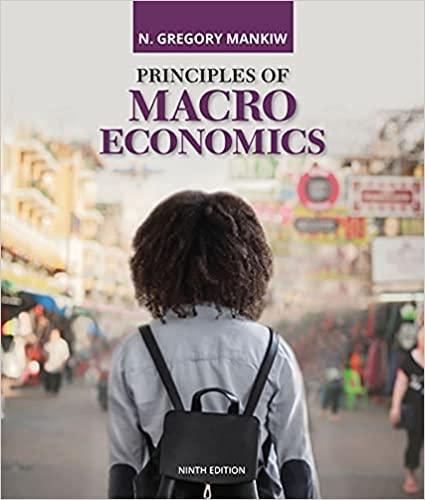Three students have each saved $1,000. Each has an investment opportunity in which he or she can
Question:
Three students have each saved $1,000. Each has an investment opportunity in which he or she can invest up to $2,000. Here are the rates of return on the students’ investment projects:
Harry 5 percent Ron 8 percent Hermione 20 percent
a. If borrowing and lending are prohibited, so each student can use only personal saving to finance his or her own investment project, how much will each student have a year later when the project pays its return?
b. Now suppose their school opens up a market for loanable funds in which students can borrow and lend among themselves at an interest rate r. What would determine whether a student would choose to be a borrower or lender in this market?
c. Among these three students, what would be the quantity of loanable funds supplied and quantity demanded at an interest rate of 7 percent? At 10 percent?
d. At what interest rate would the loanable funds market among these three students be in equilibrium? At this interest rate, which student(s)
would borrow and which student(s) would lend?
e. At the equilibrium interest rate, how much does each student have a year later after the investment projects pay their return and loans have been repaid? Compare your answers to those you gave in part (a). Who benefits from the existence of the loanable funds market—the borrowers or the lenders? Is anyone worse off?
Step by Step Answer:







